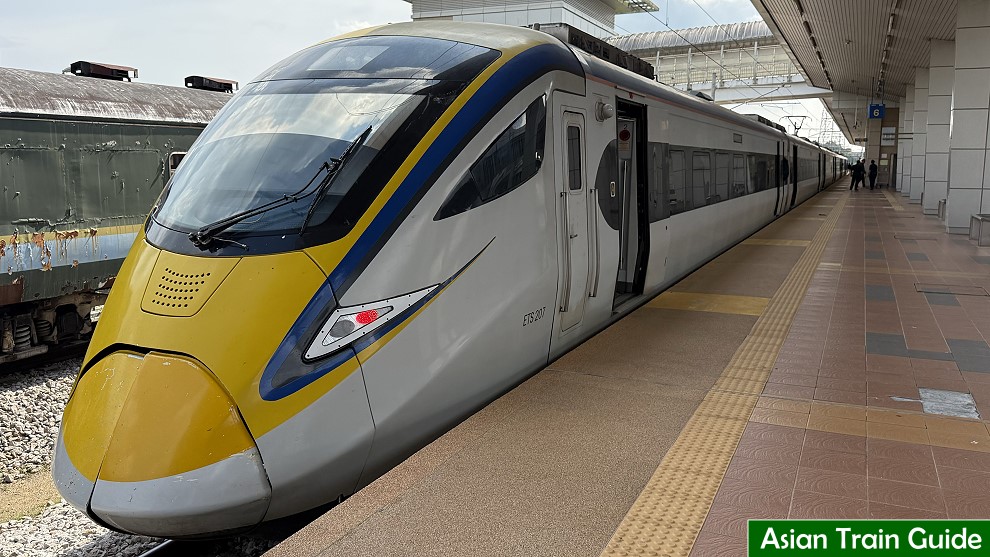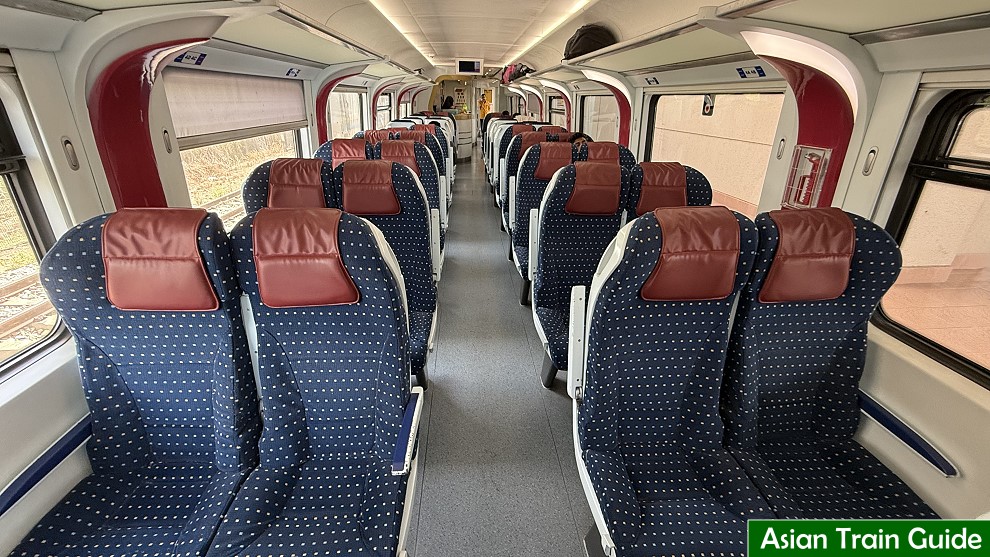ETS Class 93/1 Electric Multiple Unit

In 2015, Malaysia’s rail travel took a major step forward with the introduction of the KTM Class 93/1 electric trains. Built by CRRC Zhuzhou of China, these high-speed electric multiple units (EMUs) were designed to provide a faster, more comfortable, and efficient service for passengers travelling long distances on the country’s Electric Train Service (ETS). The Class 93/1 marked a new era for Keretapi Tanah Melayu (KTM), significantly improving rail connectivity and offering a reliable alternative to other modes of transport.

The Need for Speed and Comfort
Prior to the introduction of the Class 93/1, rail travel in Malaysia was often limited by slower speeds and older rolling stock. The Class 93/1, with its six-car formation, was built to change that. These trains are capable of reaching speeds of up to 140 km/h, allowing passengers to travel quickly between major cities like Gemas and Padang Besar. Not only does this shorten travel time, but it also provides a more relaxing and convenient experience for long-distance travellers.
Modern Features for Today’s Travellers
The Class 93/1 trains are equipped with modern amenities designed for passenger comfort. The trains feature spacious seating in both standard and business class, along with air-conditioning and onboard toilets. This combination of speed and comfort makes these trains ideal for long journeys. The first sets of these trains were delivered between 2015 and 2016.
The interior of the Class 93/1 is designed with the needs of today’s travellers in mind, offering clean and comfortable spaces for passengers to relax during their journey. The design includes generous legroom, luggage storage areas, and large windows that allow passengers to enjoy the scenic views of Malaysia’s countryside as they travel.
Impact on Malaysia’s Rail Network
Since their introduction, the Class 93/1 trains have been a cornerstone of the ETS network. They operate on long-distance routes, including the important line between Kuala Lumpur and Padang Besar, which is close to the Thailand border. This has greatly improved the efficiency of the rail system, providing a faster and more reliable option for both domestic and international travelers. The introduction of the Class 93/1 has helped position Malaysia as a leader in Southeast Asia’s growing rail network.
As rail travel becomes more popular for both business and leisure, the Class 93/1 has played an essential role in supporting sustainable and eco-friendly transportation in Malaysia. These electric trains contribute to reducing the carbon footprint of the country’s transportation sector, while also helping to reduce traffic congestion on major highways.
A Foundation for Future Growth
The success of the Class 93/1 paved the way for further developments in KTM’s fleet, including the introduction of the upgraded Class 93/2 in 2019. Since then, Class 93/1 mainly runs between Gemas and KL Sentral. However, the original Class 93/1 remains a vital part of Malaysia’s rail infrastructure, providing fast and comfortable travel for thousands of passengers every day. Its combination of speed, comfort, and modern technology ensures that it will continue to be a reliable choice for long-distance rail travel in the years to come.
For those who are looking to travel in Malaysia, the Class 93/1 offers a glimpse into the future of rail travel in the region. Whether you’re traveling for business or leisure, this train offers a comfortable and efficient way to explore the beautiful landscapes of Malaysia.
RETURN TO: Guide to the Railways of Malaysia
